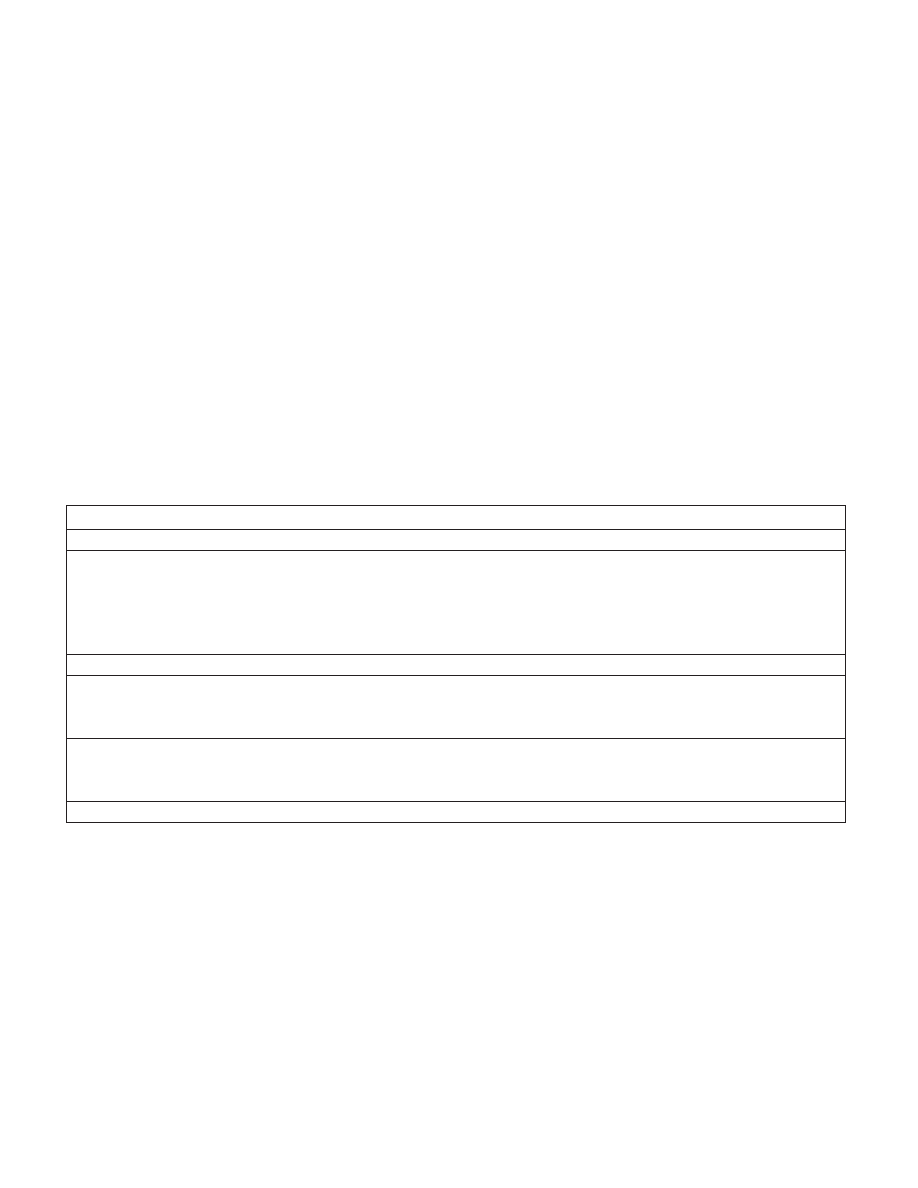Lancia VOYAGER. Instruction - part 16

• Temporary spare tires are de-
signed for temporary emergency
use only. Temporary high pres-
sure compact spare tires have
the letter “T” or “S” molded into
the sidewall preceding the size
designation.
Example: T145/80D18 103M.
• High flotation tire sizing is
based on U.S. design standards
and it begins with the tire diam-
eter molded into the sidewall.
Example: 31x10.5 R15 LT.
Tire Sizing Chart
EXAMPLE:
Size Designation:
P = Passenger car tire size based on U.S. design standards
"....blank...." = Passenger car tire based on European design standards
LT = Light truck tire based on U.S. design standards
T or S = Temporary spare tire
31 = Overall diameter in inches (in)
215 = Section width in millimeters (mm)
65 = Aspect ratio in percent (%)
— Ratio of section height to section width of tire
10.5 = Section width in inches (in)
R = Construction code
— "R" means radial construction
— "D" means diagonal or bias construction
15 = Rim diameter in inches (in)
253